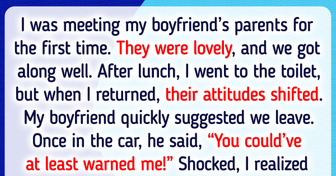10 Stories Where Karma Took Over in the Most Satisfying Way

Jupiter’s moon Europa is covered in a thick layer of ice, but underneath it is a vast ocean of water, measuring up to 100 miles deep. Water ice was previously thought to be rare and only common for Earth, but it can, in fact, be found all over the Solar System, even on Mercury and the Moon. Saturn is less dense than water, so if it were thrown into a giant pool, it would float.
Space isn’t supposed to be black: there are stars everywhere. Shouldn’t they light up everything around? You don’t see stars wherever you look because some of them haven’t existed long enough for their light to reach Earth! There are eight confirmed planets in the Solar System, but evidence shows there can be a ninth — we just haven’t discovered it yet.
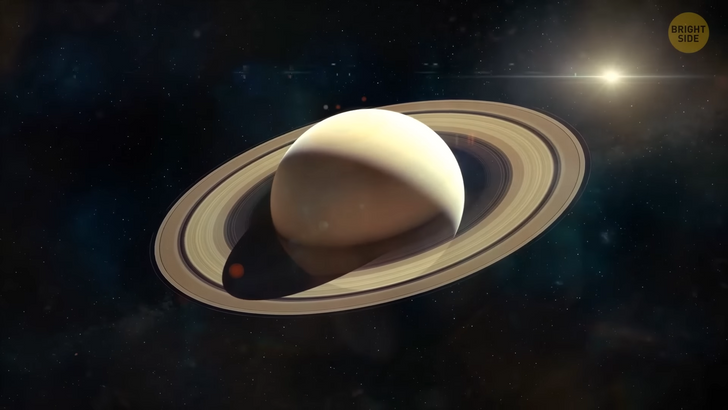
Organic matter could’ve been brought to Earth by comets, since it has been found on several of them. Saturn also has a never-ending storm, just like Jupiter, but it’s also peculiar for its shape: it has six distinct sides. Mercury and Venus are the only planets in the Solar System that have no known moons. Jupiter has 79 known moons orbiting it, the largest of which is Ganymede, and it’s bigger than Mercury.
It was thought that the Milky Way is a belt before, but now we know it’s a spiral galaxy. Footprints on the Moon can’t disappear because there’s no wind to blow them off the surface. There’s a theoretical possibility of a white hole — the reverse of a black hole. Nothing can enter it from outside, but light and matter can escape from within it.
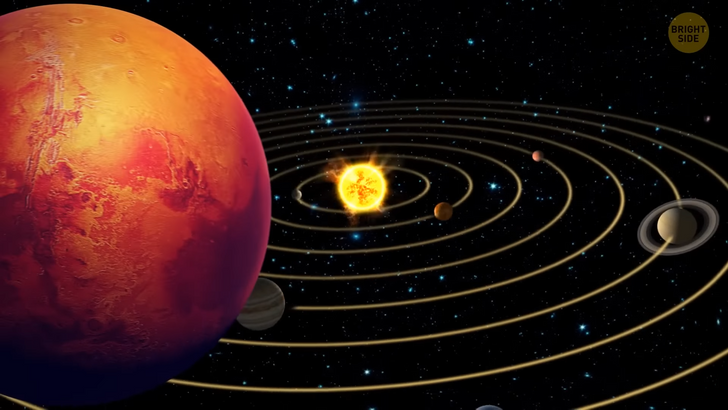
Although there are trillions of stars in space, we can only see a tiny fraction of them in the sky. Charon, the Pluto’s moon, is half the size of its planet, which is why Pluto orbits a bit around a spot outside its own axis. All the objects in space, including planets, interstellar dust, and whole galaxies, comprise just about 4% of the Universe. The rest is dark matter and dark energy that can’t be seen and isn’t fully understood.
In the star system of 55 Cancri, there are five planets, four of which are gas giants similar to Jupiter and Saturn. But the fifth one — or rather, the first, because it’s closest to the star — is different in a most horrible way. 55 Cancri E is so close to its sun that half the planet’s surface is a literal ocean of molten lava. The other half is in eternal darkness because it never sees the sun — the planet is always turned to its star with one side. And between the scorching and the dark, there’s the twilight zone — a thin strip of gloomy nothingness.
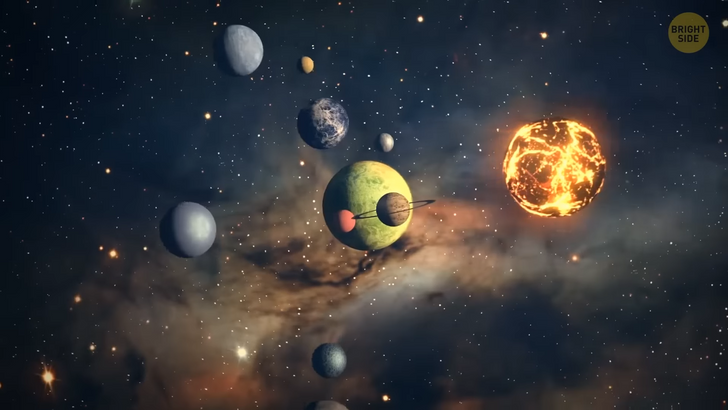
HD 189733 b is the only exoplanet in the orbit of its star, and at first glance it looks quite pretty: blue and white swirls making up wondrous patterns on the surface. But these pleasant colors actually come from hard silicate particles in the planet’s atmosphere, which means it rains glass here. Thus, the glass falling from the sky travels horizontally at hypersonic speeds, shredding everything in its path. Kepler-70 is a hot blue dwarf star that exploded into a red giant some 18 million years ago.
At the time, it was orbited by at least two planets, the closest of which was a Jupiter-like gas giant. Its name was Kepler70b, and it still exists — but the overgrown star consumed it and transformed it into a blazing hot rocky world. Right now, it’s one of the hottest planets ever discovered: its temperature is higher than the surface of our Sun. It was lucky to survive spending time inside the star, but it’s evaporating now, and will probably be no more in the near future.
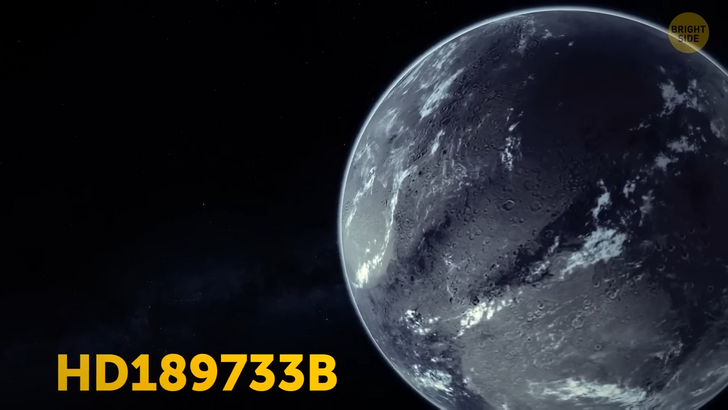
If the Sun was the size of a front door, our planet would be the size of a nickel. In other words, the Sun could fit more than 1 million Earths. Moon rocks have a super slow erosion rate. That’s why the Apollo astronauts’ footprints left on the Moon are likely to stay there for 10 to 100 million years. Another one of Saturn’s moons, Iapetus has unique two-tone coloring. The difference between the satellite’s two hemispheres is impressive: one of them is light, and the other is eerily dark. Scientists haven’t figured out this mystery yet.
All the planets of the solar system would fit between Earth and the Moon with some space left. Yes, there’s lots of space in space. Saturn isn’t the only planet that has rings. Gas giants Uranus, Neptune, and Jupiter have rings of their own, but they are thin and almost impossible to see. NASA can convert plasma waves, radio waves, and magnetic fields into audio tracks and listen to what’s happening in space. They record all kinds of intriguing sounds: from beeps to ambulance-like howls.
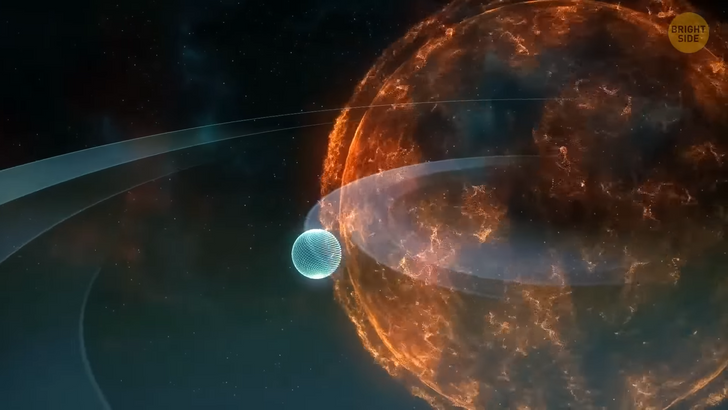
On Earth, soundwaves make air molecules vibrate, which is why we’re able to hear sound. Other planets and moons allow sound to travel through mediums like their atmospheres and oceans too. In space, though, it’s said that there is no sound, since there aren’t any molecules to vibrate and deliver soundwaves. However, not all researchers agree on this, given that space isn’t just a desolate vacuum. In between the emptiness, there are clouds of gas and other stray particles. So depending on where you are, soundwaves can be possible.
Discovered in 2017, KELT-9b is the hottest planet we know of! That’s because KELT-9b orbits really close to its star, which is called KELT-9. This thing is way hotter and bigger than our sun. Experts believe that the giant star might someday evaporate the entire planet with its intense heat. Kind of a “sizzling solar sauna”, wouldn’t you say? You wouldn’t? Okay...
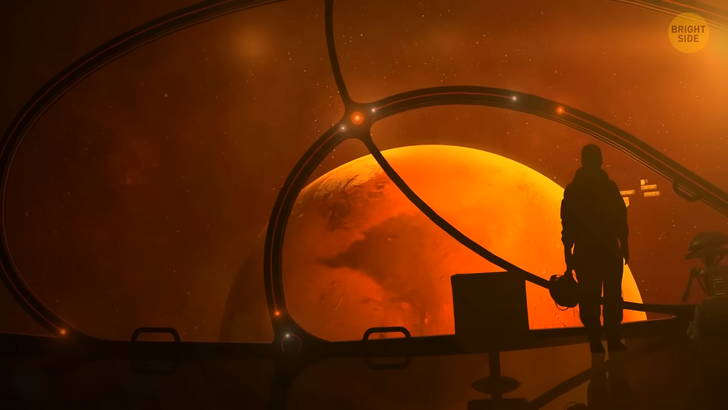
One Moon day is equal [=] to about 29 days on Earth. It takes that long for the Sun to cross the Lunar sky. People always see the same side of the Moon. The Earth’s gravitational field makes the Moon spin around its axis slower. That’s why it takes the Moon the same time to rotate around its axis, as to orbit around the Earth. I
t was only in 1959 that people could finally see the other side of the Moon, thanks to a photo taken by the spacecraft “Luna 3”. The other side [our side] of the Moon is more mountainous than the one we see from Earth. It can be explained by the Earth’s gravity, which made the crust on the visible side of the Moon thinner.
Craters on the Moon were left by asteroids 4.1 — 3.8 billion years ago. They’re still visible, only because geological changes on the Moon aren’t as active as on Earth. The Moon’s gravity is only 1/6th that of the Earth’s. You would be able to walk a distance 6 times longer and carry a weight 6 times heavier there. Though it’s easier to walk, it’s more dangerous too.
An astronaut’s foot, in a heavy spacesuit, might sink into the Moon’s ground. Long-distance jumps can be uncontrolled and dangerous, as the Moon’s surface is full of deep craters. Because of the low gravity, lunar dust, consisting of tiny, hard & very sharp particles and smelling of gunpowder, is all over the Moon. It makes a mess, causes symptoms like hay fever and gets into spacesuits, ruining them.
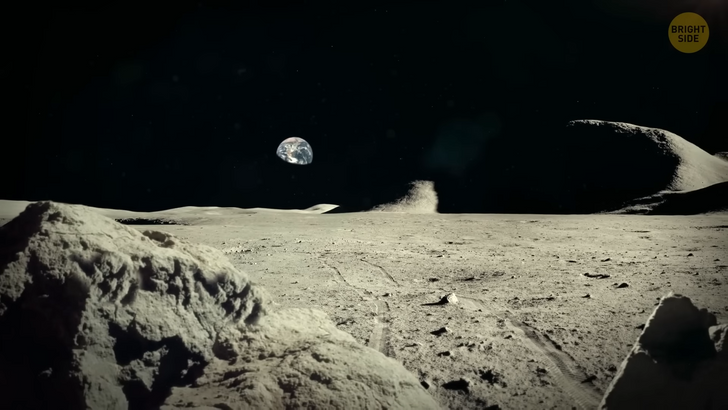
It’s not all bad though, since at sunset and sunrise the dust sort of “dances”. It floats above the Moon’s surface, because electromagnetic forces make the particles float up. The Moon does have a kind of atmosphere, which is called an exosphere. It consists of helium, neon and argon. It’s ten trillion times less dense than on Earth.








